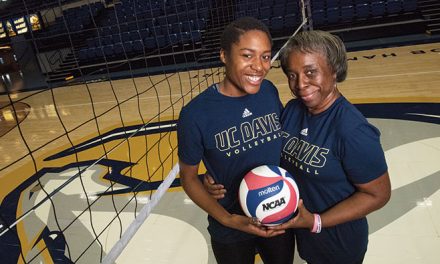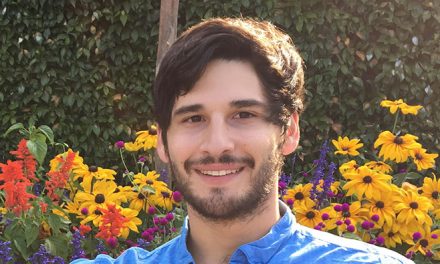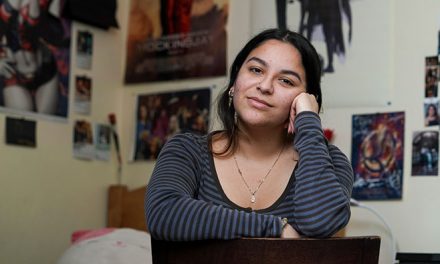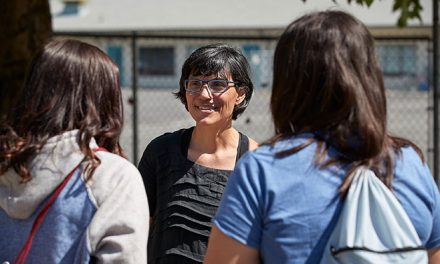
UC Davis Researchers Tackle COVID-19
UC Davis physicians and scientists are studying COVID-19 across fields of expertise.
At the medical center, physicians treated the first known patient with community-acquired coronavirus in the U.S. in February.
The case highlighted significant knowledge gaps in the diagnosis and management of COVID-19. It also led to changes in the Center for Disease Control’s guidelines for testing.
And just this week, UC Davis Health began collaborating with the state to boost California’s testing capacity. Nam Tran, associate professor of pathology and laboratory medicine and senior director of clinical pathology in charge of COVID-19 testing at UC Davis Health, represents UC Davis on the task force.
Across campus, researchers are investigating the coronavirus. Here are a few examples.
Searching for solutions
Clinical pathologists, infectious disease physicians and scientists at the UC Davis Medical Center, School of Medicine, California National Primate Research Center and Center for Immunology and Infectious Diseases are collaborating on new reagents, diagnostic tests and a vaccine for the COVID-19 coronavirus.
Their goal is to unravel the biology and infectious pathology of this new virus, and to develop means for prevention and ultimately treatment.
UC Davis Health has two clinical trials underway for hospitalized patients with severe COVID-19.
The studies are evaluating the safety and effectiveness of two drugs — the investigational antiviral remdesivir, and sarilumab, a drug that blocks the body’s acute inflammatory response.
“We have a critical need to confirm safe and effective treatments for COVID-19,” said Allison Brashear, dean of the UC Davis School of Medicine. “Although some patients with severe infection have received remdesivir, we do not have solid data to indicate it can improve clinical outcomes for everyone.”
How it spreads
Aerosol scientists at the UC Davis are looking at particles that travel through the air from ordinary speech. Could they be important in transmitting coronavirus?
These respiratory particles are about one micron, or one micrometer, in diameter. That’s too small to see with the naked eye, but large enough to carry viruses such as influenza or SARS-CoV-2.
Researchers still need to know how many viruses are in lung fluids, how easily they form into droplets and how many viruses are needed to start an infection.
Meanwhile, researchers are comparing transmission rate alongside variations in the virus’ genome. This information could help public health authorities target areas about to experience an upsurge of infection.
“What we’re trying to do is establish if genomic variation in the virus is predictive of changes in infectivity,” said Bart Weimer, professor of population health and reproduction at the UC Davis School of Veterinary Medicine.
Economic effects
UC Davis economists who studied 12 pandemics occurring since the 14th century suggest coronavirus economic effects could last decades.
In a working paper published last week, Department of Economics professors Òscar Jordà, Sanjay Singh and Alan M. Taylor concluded that that the pandemic will likely depress real rates of return, lead to small increases in real wages and weigh on investment.
The major caveat identified by the economists is that past pandemics occurred at a time when people did not survive to old age. “The Black Death and other plagues hit populations with the great mass of the age pyramid below 60, so this time may be different,” they said.









